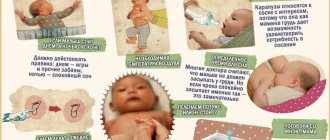Every parent worries about the health of their child. Some people develop panic at the slightest ailment of the baby, especially when the lymph nodes are enlarged or inflamed.
In order not to worry too much, you need to find out in advance what the lymph system is intended for, how to treat lymph nodes in the neck in children and why they become inflamed.
Detailed advice can be obtained from your attending physician.
Lymph nodes and their purpose
The fluid, which is based on lymphocyte cells responsible for human immunity, is called lymph. Its structure resembles blood, but it lacks red blood cells.
Collections of lymph vessels are called lymph nodes.
They perform several functions:
- They serve as protection against the penetration of various infections and do not allow pathological cells to spread throughout the body.
- New lymphocytes, phagocytes and antibodies are formed in the lymph nodes.
- The nodes promote the outflow of intercellular fluid.
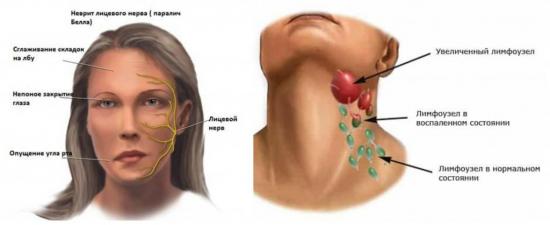
Lymph nodes are located throughout the body, wherever there are vital organs and large vessels. The child has oval and circle-shaped lymph nodes; normally their diameter is no more than five millimeters. When the nodes enlarge and harden, pathological deviations and an inflammatory process occur; in this case, consultation with a specialist is necessary.
In the cervical region of the child there are several nodal lymphatic groups:
- chin;
- submandibular;
- occipital;
- supraclavicular;
- rear
In the absence of pathology, the nodules are practically not palpable during palpation and do not cause any discomfort.
Localization and palpation of cervical lymph nodes
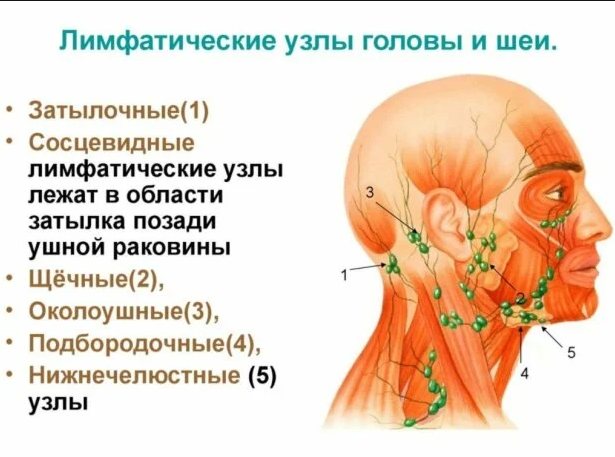
Lymph nodes are several millimeters in diameter. On the outside they are covered with a capsule formed from connective tissue. Inside they are divided into separate sections by partitions.
Location of lymph nodes in a child’s neck:
- under the fascia;
- along the sternocleidomastoid muscles;
- behind the neck: next to the supraclavicular and posterior cervical muscles.
If a lymph node is palpable on one side of a child’s neck from birth and it does not hurt or enlarge, this is normal.
In all healthy children over the age of one year, lymph nodes are determined by palpation. Subclavian, supraclavicular, and mental lymph nodes should not be palpated.
In the absence of inflammation, the lymph nodes are small – about the size of a pea. Consistency – soft, elastic. Mobility is good. Lymph nodes should not be connected to the skin or to each other. There is no pain.
Symptoms of lymphadenitis
Lymphadenitis is inflammation of the lymph nodes, accompanied by the accumulation of pus.
The symptoms of this condition are as follows:
- In the first three days, the disease develops: painful sensations in the neck area, the nodes significantly increase and become denser, and can be easily felt with the fingers.
- At the same time, their mobility is not impaired, and there are no signs of inflammation on the skin.
- There may be no fever.
- On the third, maximum sixth day, lymphadenitis passes into the purulent stage. During this period, the symptoms become more pronounced and the child’s condition deteriorates sharply.
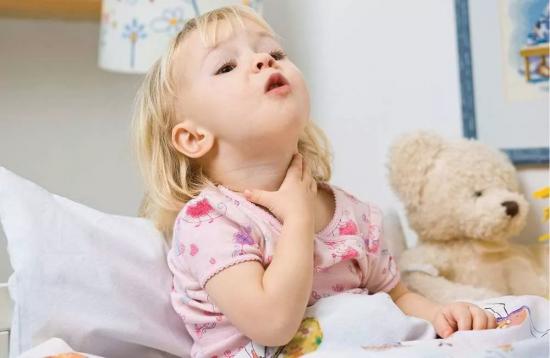
In addition to the symptoms listed above, the following appears:
- high body temperature (sometimes critical, above 40 degrees);
- fever or chills;
- loss of appetite;
- Strong headache;
- weakness;
- insomnia.
Shooting and nagging pains in the neck area begin to torment, swelling and hyperemia of the skin appears. In this condition, you should immediately seek help from a doctor or call an ambulance.
In the chronic form, the lymph nodes are immobile and constantly enlarged, and there is no painful syndrome, and the child feels normally. In rare cases, suppuration may occur. Most often, this condition is not dangerous, since the nodes resolve on their own and transform into connective tissue.
In any case, the child should be shown to a doctor to avoid serious health complications and to calm down.
Let's watch a useful video about the symptoms of lymphadenitis:
The lymph node in the child’s neck is enlarged on one side or both, possible causes
There is always a reason for the increase, but it is not always possible to identify it immediately. Most often, nodes in the neck area increase due to diseases of the nasopharynx, respiratory tract or oral cavity.
The following are considered harmless reasons:
- acute respiratory viral infection;
- cold;
- rhinitis;
- otitis;
- flu;
- infection due to bacteria from the cat’s saliva, through a bite or scratch;
- mononucleosis;
- diseases of the oral cavity: caries, stomatitis, periodontitis, gingivitis;
- reaction to the vaccine.
These reasons can cause enlarged lymph nodes only in the case of unqualified treatment, when an infection affects the body, or during a long inflammatory process.
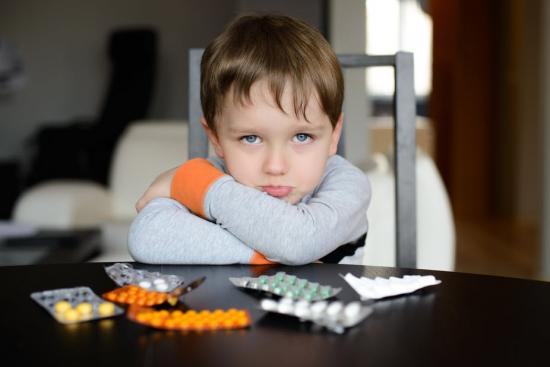
Inflammation and enlargement of the lymph nodes can be caused by the following pathogens:
- tuberculosis;
- gonorrhea;
- pathogenic fungi;
- staphylococcus;
- streptococcus;
- syphilis;
- Pseudomonas aeruginosa.
Lymphadenitis can begin with a sharp decrease in immunity, which is caused by a lack of vitamins and frequent stress. This is especially true during adolescence.
This problem can also be caused by injury to the lymph nodes.
In extreme cases, enlarged nodes in a child can cause serious pathologies:
- Chronic or acute leukemia (blood diseases).
- Lymphogranulomatosis.
- Lymphosarcoma.
The causes are minor and some are life-threatening, so timely diagnosis and treatment are essential.
Causes of enlarged lymph nodes
The answer to the question why the lymph nodes become inflamed will vary in each specific case. It is necessary to pay attention to accompanying symptoms.
The most common causes of enlarged lymph nodes:
- infectious diseases of the throat (in this case, nodes in the neck area swell in children);
- tooth decay or perimaxillary abscess;
- skin diseases complicated by purulent papules;
- bacterial infection of the tonsils and tonsils.
In any case, if the child’s lymph nodes do not return to their normal size within a week, you should consult a doctor.
Inflammation of the lymph node. Live healthy! (03/06/2018)
Diagnosis of the disease
In addition to the pediatrician, the child should be shown to an otolaryngologist; you can consult with a hematologist, pulmonologist, dentist, infectious disease specialist and oncologist if there is a suspicion of the development of a serious illness.
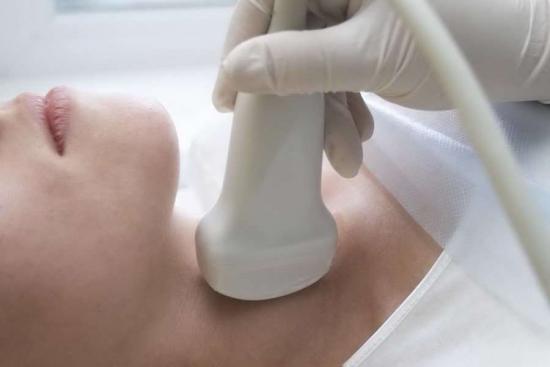
As a diagnostic, the doctor conducts a full examination, palpating the site of inflammation with his fingers, assesses the condition, and listens to all complaints.
Additionally, the following procedures are prescribed:
- General blood analysis.
- Ultrasonography.
- Lymph node biopsy. Such an examination is prescribed if the node has a diameter of more than two and a half centimeters, and the doctor suspects a malignant tumor. In other situations, this procedure is not required.
If swollen lymph nodes are associated with viral or colds, it is enough to donate blood for a test that will indicate an inflammatory process.
What are lymph nodes needed for?
In order to understand this issue, you should study the functions of the lymphatic system. It is designed to filter lymph - the liquid formed when blood is cleansed in the tissues.
Lymph includes protein, immune cells, waste products, and pathogenic (mutated cells). Having passed through small vascular structures through the capillaries, this liquid returns to the bloodstream. To cleanse it, the body has lymph capsules (nodes). Flowing through them, lymph is cleansed of toxic substances and pathogenic microorganisms. It enters the blood “neutralized.” All harmful substances settle in the lymph nodes, which get to work - neutralize them and remove them out.
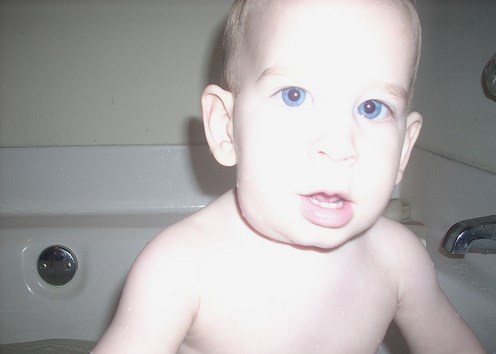
Each part of the body is equipped with single or multiple lymphatic structures. Groups of capsules are responsible for the condition of certain organs. When the lymph nodes are enlarged, depending on the area of their localization, one can judge the state of health of a particular part of the body. For example, if the lymph nodes in a child’s neck are enlarged, this indicates an infectious process in the oropharynx. When lumps appear behind the ear, we are talking about the development of a viral disease. In this case, there is no particular reason to panic.
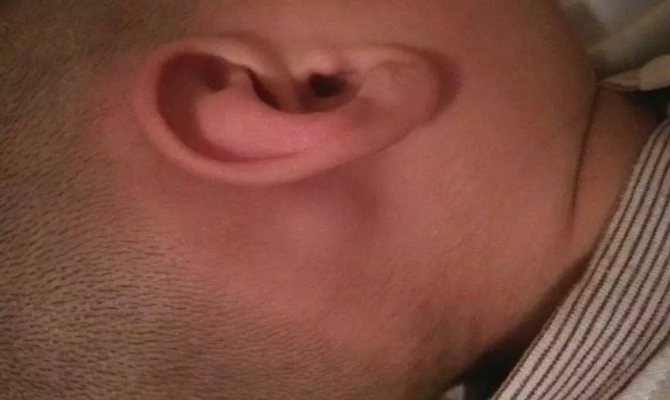
If the child has enlarged lymph capsules throughout the body, then we are talking about a serious form of lymphadenitis. In this case, the cause may be serious violations of the body’s protective functions, and even the presence of a malignant tumor.
Is it dangerous if a child has constantly enlarged lymph nodes in the neck?
Enlarged lymph nodes do not always indicate pathological abnormalities. Sometimes this is a physiological feature of the child; the nodes are located so that they visually appear enlarged.
In children under 3 years of age, the diameter of the lymph nodes exceeds the norm, and this is considered safe. At this age, the baby puts everything in his mouth, thereby exploring the world around him. Bacteria remaining in the body inflame the lymph nodes, and the immune system produces antibodies.
If there are no symptoms of illness or inflammation, then there is no reason to panic. Everything returns to normal after strengthening the immune system. Ultimately, the size of the knot should not exceed a centimeter.
If chronic enlargement is accompanied by pain, an examination should be performed immediately. This may indicate serious illnesses, such as cancer or tuberculosis.
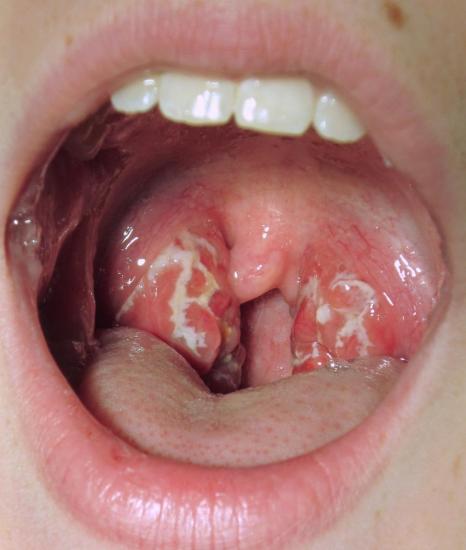
Also, persistently enlarged lymph nodes can block the airway and esophagus, and this can lead to serious problems.
Only a qualified specialist can understand whether an enlarged lymph node in a child’s neck is dangerous or not; parents should not draw any conclusions on their own.
Why are the lymph nodes swollen and palpable?
Lymph nodes are organs that act as natural filters. They cleanse the lymph and help protect the body. When an infection enters the body, the lymph nodes begin to intensively produce lymphocytes - blood cells whose purpose is to fight for human health. This is the answer to the question why they sometimes become inflamed. To avoid this unpleasant moment, you should be attentive to the child’s health.
One of the causes of inflammation of the lymph nodes is oral infections. To avoid problems, you need to regularly brush your teeth and disinfect them on time, rinse your mouth with special products after eating. The cause of inflammation of the lymph nodes in the neck is infectious diseases. Any infection that enters one of the organs located in close proximity to the neck will cause swelling of the cervical lymph nodes.
On the one side
The causes of inflammation of the lymph nodes in a child’s neck are no different from the general causes of their inflammation. There are some features of unilateral lymphadenitis. If the lymph node in a child’s neck on one side is inflamed, tumor diseases can be suspected.
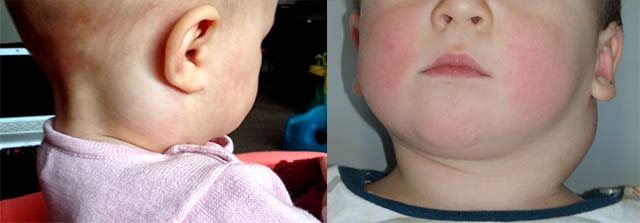
Unilateral lymphadenitis is caused by:
- dental diseases;
- upper respiratory tract infections;
- oncological diseases;
- pathologies of the thyroid gland;
- infectious diseases;
- HIV;
- immune system diseases;
- damage by microorganisms introduced after insect bites;
- purulent wounds.
Inflammation of the cervical lymph node on the left is a sign of infection in the mouth.
At both sides
Inflammation of the lymph nodes in the neck on both sides indicates damage to the entire body. Chronic infections lead to bilateral lymphadenitis: tonsillitis, tonsillitis, pharyngitis and others. The cause may be a lack of vitamins. If a child takes school very seriously, then constant tension and severe fatigue can lead to bilateral lymphadenitis. Quite rare, but there are still cases when enlarged lymph nodes in the neck on both sides signaled a metabolic disorder.
If the lymph node is enlarged only on the right, tuberculosis can be suspected. Lymphadenitis affecting the lower neck area is an indicator of infection of organs located below the neck. These lymph nodes collect lymph from the thoracic and abdominal areas. Disease of any organ in one of these areas leads to inflammation of the lymph nodes in the lower part of the neck. Sometimes this is a sign of breast cancer.
Behind
If a child has an inflamed lymph node in the back of the neck, it makes sense to visit an infectious disease specialist. This indicator can be a sign of rubella, which may go unnoticed.
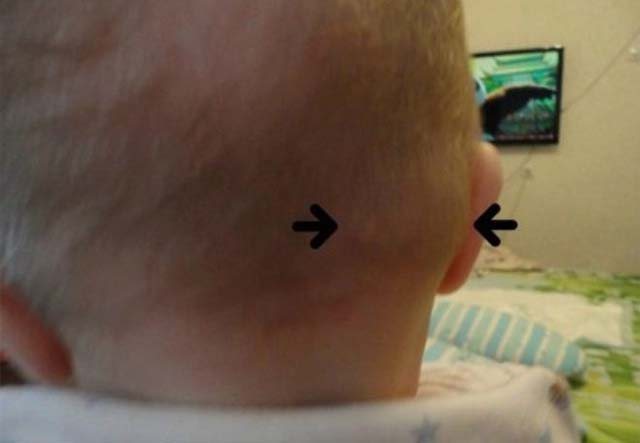
The inflammatory process in the lymph node in the back of the neck is characteristic of post-traumatic conditions. If you have received injuries to the head or neck, arms, chest, or upper back, they may subsequently become inflamed, which will affect the lymphatic system.
If many cervical lymph nodes are enlarged
If many lymph nodes in the neck are inflamed, they are swollen and painful, then this process should be considered from the point of view of the baby’s age. In babies under one year old, pathological growth of teeth can cause pain in all cervical lymph nodes. This process occurs differently for all children. Some people's teeth grow slowly, appearing one at a time or in pairs. And for some, the process is going on rapidly.
Even if the teeth grow normally, the baby feels discomfort: the temperature rises and appetite decreases. And if the digestive organs decide to appear all at once, this will lead to severe inflammation of the gums and problems in several lymph nodes.
We recommend further reading: Causes, consequences and treatment of hydrocele in a newborn child
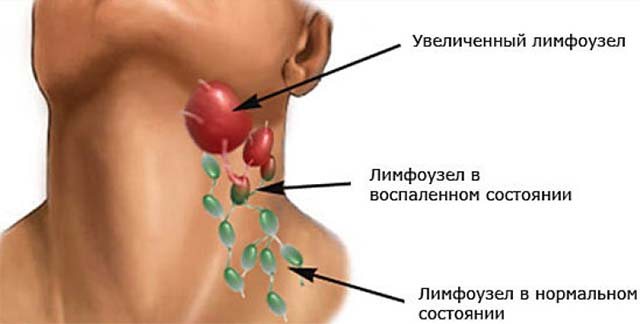
In older children, an increase in the series of cervical lymph nodes is associated with cytomegalovirus. This infection is a type of herpes. Like any herpes, CMV enters the body during life. It affects the digestive organs and respiratory tract. Once it enters the body, it remains there for life. It is impossible to completely get rid of it, but it can be blocked.
A strong immune system is the best assistant in the fight against any virus. It suppresses the infection and prevents it from developing.
Inflammation of several cervical lymph nodes may be a consequence of frequent colds. If a baby systematically catches a cold and suffers from acute respiratory viral infections, then sooner or later, this will lead to cervical lymphadenitis.
How to treat lymph nodes in the neck in children
Therapeutic therapy in this case is aimed at the disease that led to inflammation and worsening of the condition. If the lymph nodes are enlarged due to infection, the doctor will prescribe antiviral and antibacterial medications, taking into account the patient's characteristics. The course of therapy ranges from five days to two weeks.

During this period, the child should have all the symptoms, the nodes should decrease in size and stop hurting. In addition to these medications, you can take immunostimulants to strengthen the immune system, vitamins, Ascorutin and calcium gluconate.
If relief does not occur within 2 weeks, you need to take antibiotics. An otolaryngologist can write a referral for physical therapy. One of the effective procedures is UHF; ultra-high frequency has an anti-inflammatory and analgesic effect.
In advanced forms of lymphadenitis, when purulent discharge is present, the baby should be admitted to hospital for surgical intervention. The surgeon will open the node, eliminate the pus and the source of inflammation.
In emergency cases, the lymph node is completely removed. During the rehabilitation period, detoxification and anti-inflammatory treatment therapy is prescribed. If everything is done correctly, there are no complications.
The sooner you seek help from a doctor, the faster your recovery will come.
Enlarged lymph nodes on the back of the head – Causes of inflammation of the lymph nodes in children
Purulent tonsillitis, characteristic of children, leads to an increase in submandibular nodes. This fact, as a rule, does not frighten parents, as it happens quite often. However, both neighboring and very distant lymph nodes can respond to a bacterial focus.
In this case, with angina, the reaction often spreads to the occipital region of the lymphatic system. The following diagnostics will help make a diagnosis:
- ear examination;
- blood analysis;
- condition of the nasopharynx;
- culture from the hypopharynx.
If the sore throat has long passed, the source of infection may remain in the tonsils in the form of purulent plugs, and the lymph nodes remain inflamed and enlarged.
This is the most common reason why the lymph nodes on the back of a child’s head may be enlarged, but other diseases should always be excluded.
If the condition is not accompanied by acute pain when touched or pressed, you should be screened for the following diseases:
- piggy;
- rubella;
- herpes virus;
- cytomegalovirus;
- toxoplasmosis;
- lymphogranulomatosis;
- Infectious mononucleosis.
An enlarged lymph node is defined as a convex pea, but can reach the size of a plum.
In children under 5 years of age, enlargement of the occipital lymph nodes is quite common. If they do not exceed the size of a pea, then, as a rule, they go away on their own without the detection of serious diseases.
This is due to the fact that the immune system encounters new viruses and responds adequately to them. This condition can last for several months, while the baby remains active and feels well.
Treatment of lymphadenitis with folk remedies
To relieve a child of the symptoms of lymphadenitis, you can use alternative medicine, but folk remedies effectively help only in the first stages of inflammation.
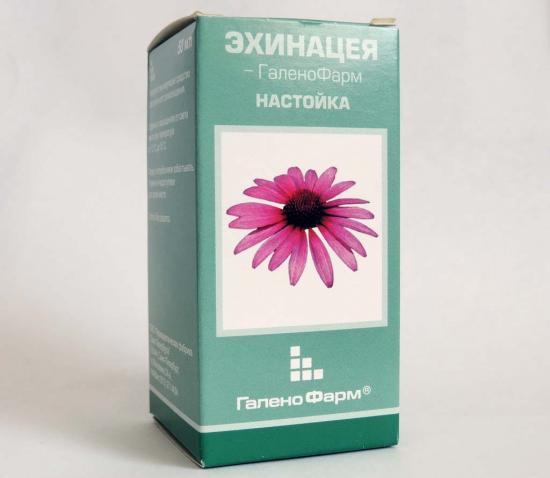
Here are some recipes.
| Echinacea tincture | Take a glass of warm water and half a glass of tincture; this solution is used for compresses. Take gauze or cloth, dip it in the solution and apply it to the site of inflammation. |
| Blueberry tincture | Grind the berries, add a little water, and leave to set. Take 200 mg three times a day. To make it more pleasant for your child to drink, you can add a little sugar. |
| Onion peel | The husks need to be baked in the oven, then chopped. Use for compresses |
| Carrot and beet juice | Squeeze fresh juice from beets and carrots, the ratio is one to four. These products contain microelements that are needed to normalize the lymphatic system |
Before using these methods, it is important to consult your doctor, as your baby may be allergic to some components. It is also not recommended to use only folk remedies; it is important to combine them with medications.
The lymph nodes in the child’s neck are enlarged, as recommended by Dr. Komarovsky
The first thing Dr. Komarovsky advises is not for parents to panic if they discover a small lump or formation. You can monitor the baby’s condition; if nothing bothers him, he eats normally and is not capricious, then there is no reason to worry.
To be safe, you can visit a doctor and consult with him, even if the nodes are not inflamed, but enlarged. This could be due to a minor cold or allergy.
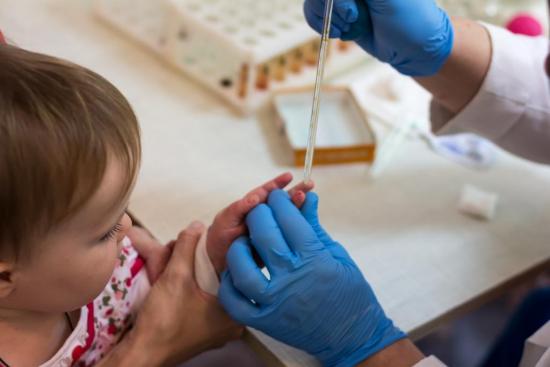
As a diagnosis, you can take a routine blood test.
If there is redness around the lymph node, swelling, the child cries and speaks of severe pain, then an additional examination is urgently needed and treatment is started.
Let's watch an interesting video from Dr. Komarvsky about how to treat lymph nodes in the neck in children and for what reasons their inflammation occurs:
Treatment of cervical lymph nodes in children with folk remedies
Enlarged lymph nodes in a child’s neck are the result of a disease of a certain organ. The lymph node problem will be resolved as soon as the cause that caused it disappears. But if the condition is very painful, then you can try to alleviate it.
Over the years, humanity has accumulated extensive experience in treating lymph nodes. If inflammation of the lymph nodes in the child’s neck is detected, and the doctor confirms that there is nothing wrong, then treatment with folk remedies is suitable.
Local treatment at home
Treatment of lymph nodes in the neck at home in children depends on their location. Inflammation of the lymph nodes under the jaws is evidence of infection of the oral cavity. You should contact your dentist immediately. No home treatment will help until the source of infection is eliminated.
In other cases, cervical lymphadenitis in a child can be treated at home.
If the baby experiences acute pain, then a severe infection is suspected. General antibiotics are used for treatment. The doctor most often prescribes:
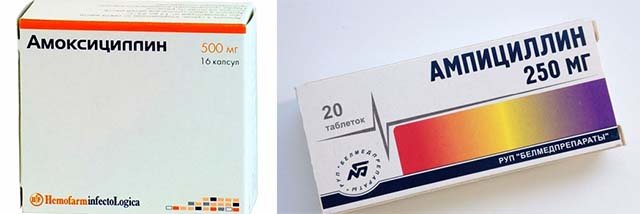
- drugs of the penicillin group: Amoxicillin or Ampicillin;
- cephalosporin antibiotics: Cefataxime or Cefaclor;
- drugs from the macrolide group: Azithromycin.
If the cause of lymphadenitis is viruses, then antimicrobial agents will be powerless. In this case, antiviral drugs are needed. Most often used:
- Arbidol is a very popular antiviral agent that has proven itself in the fight against a large group of viruses. It is not prescribed to children under 3 years of age.
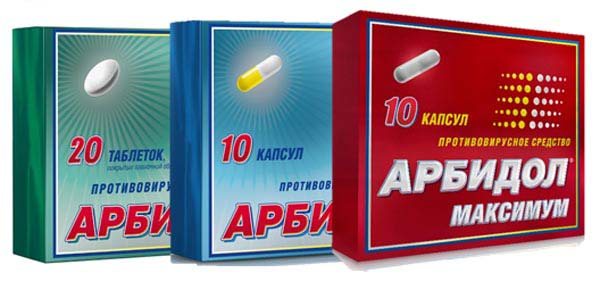
- Kagocel is an antiviral drug that stimulates the immune system. It contains sodium salt. This component promotes the production of interferon, which provides an antiviral effect. Most effective in the first days of illness.
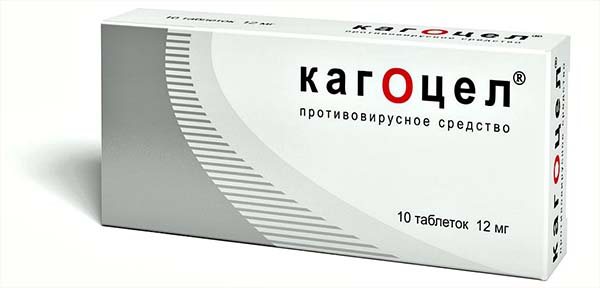
- Tamiflu is a drug that has a pronounced antiviral effect. Its use is acceptable for children from 1 year of age.
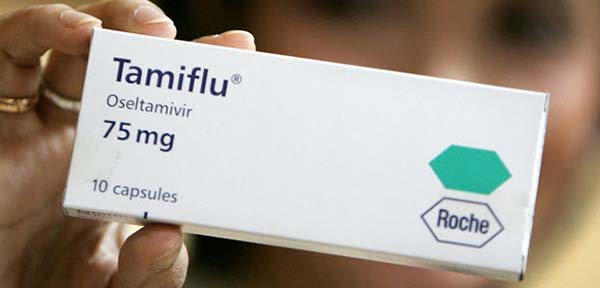
We recommend additional reading: What to do if a child’s upper or lower eyelid is swollen
Along with these medications, the doctor may prescribe other drugs for the treatment of lymphadenitis: Amiksin, Tsitovir 3, Anaferon, Oscillococcinum. All medications have age restrictions and must be prescribed by a pediatrician.
Very often, parents try to treat inflamed lymph nodes with the famous “Star” balm. This is unacceptable for two reasons. Firstly, independent treatment of purulent inflammation is generally contraindicated. Secondly, the balm is allergic. Such treatment can lead to additional problems.
If lymphadenitis is a consequence of diseases of the throat or ears, then antibacterial sprays can be used. Ingalipt and Hexoral are excellent medicines for the treatment of inflamed lymph nodes.
To treat inflamed lymph nodes in a child’s neck, some pharmaceutical products cannot be used. Medicines are not always appropriate for the baby's age. When choosing a drug, be sure to read the instructions.
Folk recipes
When there are problems with lymph nodes in children, parents strive to quickly alleviate the child’s condition. The oldest remedy is applying a compress to the site of inflammation.
An alcohol bandage is a great solution to problems. A cotton swab is generously moistened with alcohol and applied to the sore spot. Wax paper or a plastic bag is placed over the tampon. The neck is wrapped in a warm scarf. It is better to leave the bandage overnight. By morning the pain will go away.
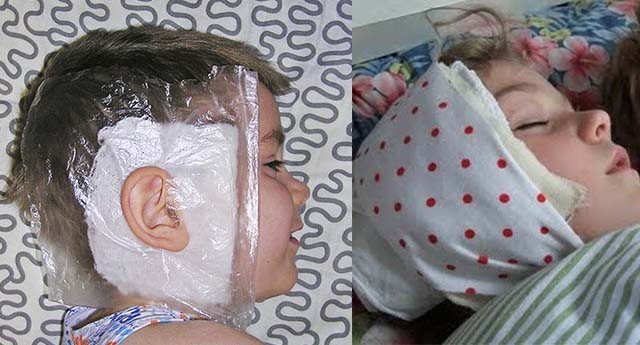
To treat the neck at home, you can use decoctions of anti-inflammatory herbs. You can drink them instead of tea and make lotions. Take nettle, yarrow, hops (cones), oregano in equal parts. Add the same amount of horsetail. Pour a tablespoon of the mixture into 300 ml of water and leave for an hour. After this, pour the composition into an enamel bowl and place in a water bath. Boil for another half hour, then cool. Take three times a day before meals and apply to the lymph node.

Chicory gives good results. Grind the roots of the plant. Pour 2 tablespoons of chopped roots with hot water and let it brew. When the water has cooled, place in a water bath and boil for 20 minutes. The product is very bitter. If the baby does not want to drink it, mix the broth with honey. A compress is made from the resulting decoction on the diseased lymph node. In the warm season, you can treat lymph nodes with dandelion juice. The recipe is simple. The juice is squeezed from the leaves of the plant. It is applied to the sore spot, and a teaspoon of juice is also drunk along with the compress.
A good remedy is celandine tincture. A cotton swab moistened with it is applied to the inflamed lymph node. In some cases, folk recipes alone will not cope. Then antibiotics are used. Traditional medicine can be combined with medications. But before use, consultation with a pediatrician is required. This is especially true for decoctions taken orally.
What not to do
It is forbidden to self-medicate in case of inflammation of the lymph nodes. Some nodes that are located in the cervical region are close to the brain, and with unqualified help, the infection can enter the brain. In addition, bacteria, once in the blood, can affect the entire body.
It is dangerous to apply heating pads or heating compresses to the lump without a doctor’s prescription. It is contraindicated to put pressure on them, massage them or treat them with brilliant green or iodine.
You need to be careful when using alternative medicine; some herbs are allergenic and toxic.
Is it dangerous
If the lymph nodes in a child’s neck are enlarged, there is no need to worry too much. But you need to understand that lymphadenitis is a sign of many serious diseases. If the lymph nodes in a child’s neck are constantly inflamed, this indicates serious health problems.
Ailments that are symptomatic of inflammation of the lymph nodes in the neck include:
- diseases of the teeth and mouth, in particular caries pulpitis;
- inflammatory diseases of the ENT organs: otitis media and sinusitis;
- ailments caused by viruses and infections: acute respiratory viral infections, tonsillitis and others;
- sinusitis;
- Infectious mononucleosis;
- toxoplasmosis.
Caries and ARVI are ordinary phenomena that we have learned to cope with quickly. Inflammatory diseases of the ENT organs are more serious diseases. The cause of inflammation is various infectious diseases.
Mononucleosis is a viral infection that affects vital organs and contributes to changes in blood composition.
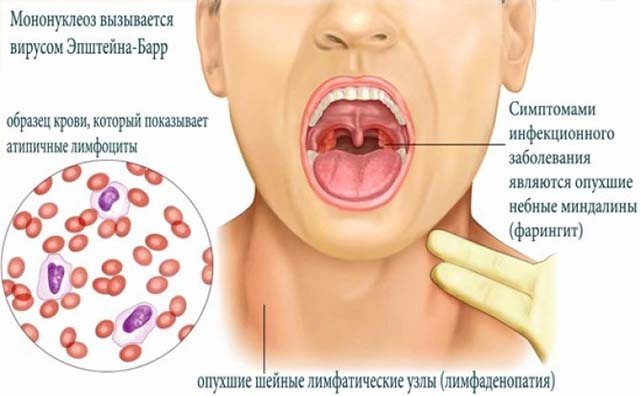
Toxoplasmosis is an infection of the body by parasites. Often the disease is asymptomatic, and only inflamed lymph nodes in the cervical region indicate it. Systematic inflammation of the lymph nodes in the neck is fraught with the development of chronic lymphadenitis.
It is impossible to ignore this. If you find an inflamed lymph node in your child’s neck, contact your pediatrician. The doctor will do the necessary tests and determine the cause.
We recommend additional reading: Causes of enlargement, expansion and swelling of the ventricles of the brain in a newborn






